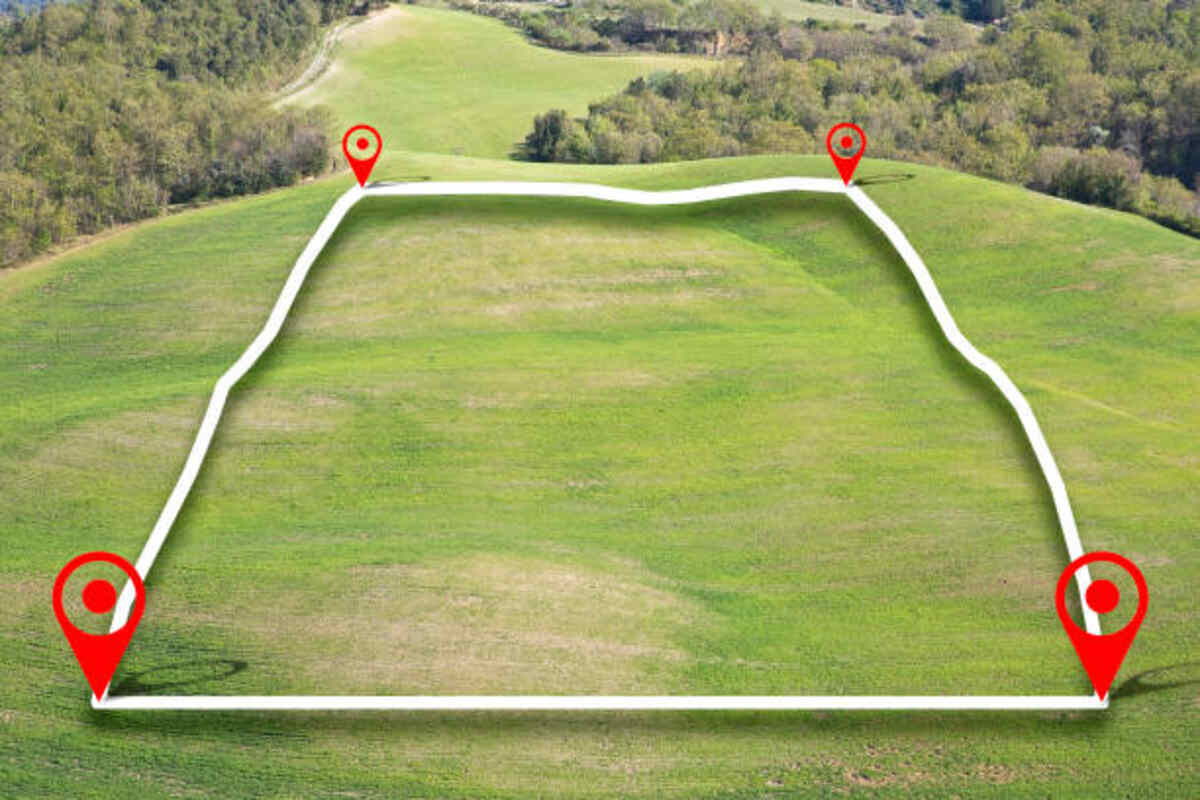Follow Adventure Cycling Association’s Great Divide Mountain Bike Route and test yourself with self-reliance along the Tour Divide race route. Grand departs take place each June 2nd weekend from both termini.
April Drage entered BR Stores only minutes before closing hours – likely ending Marie-Soleil Blais’ pursuit.
Trackleaders
The Tour Divide mountain bike race challenges participants to race self-supported along the Great Divide Mountain Bike Route, known as an iconic event of bike pack ultra racing. It’s often unpredictable; spectators can follow racers’ progress by viewing an interactive map showing dots moving like ants along its course.
Trackleaders is a website that enables viewers to track participants in events using SPOT satellite trackers and has become indispensable at bike-packing races that would otherwise be hard or impossible to spectate. Created over a decade ago by two Tour Divide completers, its use has since expanded to cover live tracking of hundreds of events around the globe and provide fans with insight into long-distance racing’s highs and lows.
Tour Divide racers must endure weeks of 16-hour days in the saddle and possess strong navigational acumen to succeed on this challenging course, which includes dirt and gravel trails, paved roads, unmarked backcountry terrain that may contain bear or mountain lion territories, poor weather navigation skills as well as handling gear and supplies appropriately.
Fans following the race may have noticed that Lael Wilcox is garnering much of their focus during this year’s TD race, mainly due to her experience. Lael raced both rounds as an ITT in 2015, becoming a four-time runner-up before breaking her women’s record time of 15 days, 10 hours, and 59 minutes at this year’s race.
She is raising money for Adventure for All, an organization that empowers individuals with disabilities to excel through cycling. You can read about their work here or donate here.
Sofiane Sehili had to withdraw early from this year’s Brush Mountain Lodge race in Montana due to bad conditions. While not ideal, it still hurts seeing such an accomplished rider leave early – let’s hope she returns next year and makes it all the way across.
Spot GPS Messenger
Have you seen or used one of the SPOT devices used by Tour Dividers or Tour Directors, such as yourself? SPOT provides an inexpensive way of summoning help in emergencies or tracking progress on remote adventures. SPOT works by using GPS and satellite technology to connect with the outside world.
This device is waterproof, rugged, and self-contained. Powered by two AA batteries (preferably lithium-iron ones as they last longer), it can send out up to 1,900 check-in messages or 14 days’ worth of tracking data. A service subscription plan must be purchased in order to use the device; several methods are available.
Installing and using the device out of the box is relatively straightforward, requiring only unpacking it, inserting batteries, and creating a profile on the Spot website – with up to five team members who will receive alerts via email or SMS and information for GEOS to pass along to 911 services in an emergency.
Consideration should be given when purchasing a Spot device, such as its one-way communication capability: this means only sending information out, not receiving anything back (with the exception of GPS coordinates). This distinguishes it from devices like Garmin InReach, which offer two-way communications, allowing emergency teams to get information quickly in case of an incident.
Another drawback of the SPOT device is that sending out track messages may take time due to it having to first fix your location with GPS before relaying this information via Globalstar to GEOS. Finally, and perhaps most significantly for me personally, is that you cannot rely on it always providing accurate transmission of your exact position – my tests showed my position reported varied by up to 150 feet!
MTBCast
The Tour Divide is a self-supported mountain biking race that challenges cyclists to cover the length of the Great Divide Mountain Bike Route in two weeks or less. Unlike modern ultradistance races, however, this one does not utilize stage racing techniques; clocking stops when riders reach their finish line, which may take two or more weeks later. The route itself is unmarked and requires navigation skills – traversing remote backcountry where grizzly bears and mountain lion density can pose travel risks while resupply intervals often reach 100+ miles, forcing athletes to either hike or bivouac trailside before continuing.
The event typically starts on the second Friday in June at Grand Depart, at both termini of its route. MTBCast hosts a live report for this event that draws upon information gleaned from TrackLeaders, riders’ social media platforms, and SPOT GPS Messenger devices worn by participants to provide a complete picture of race day.


